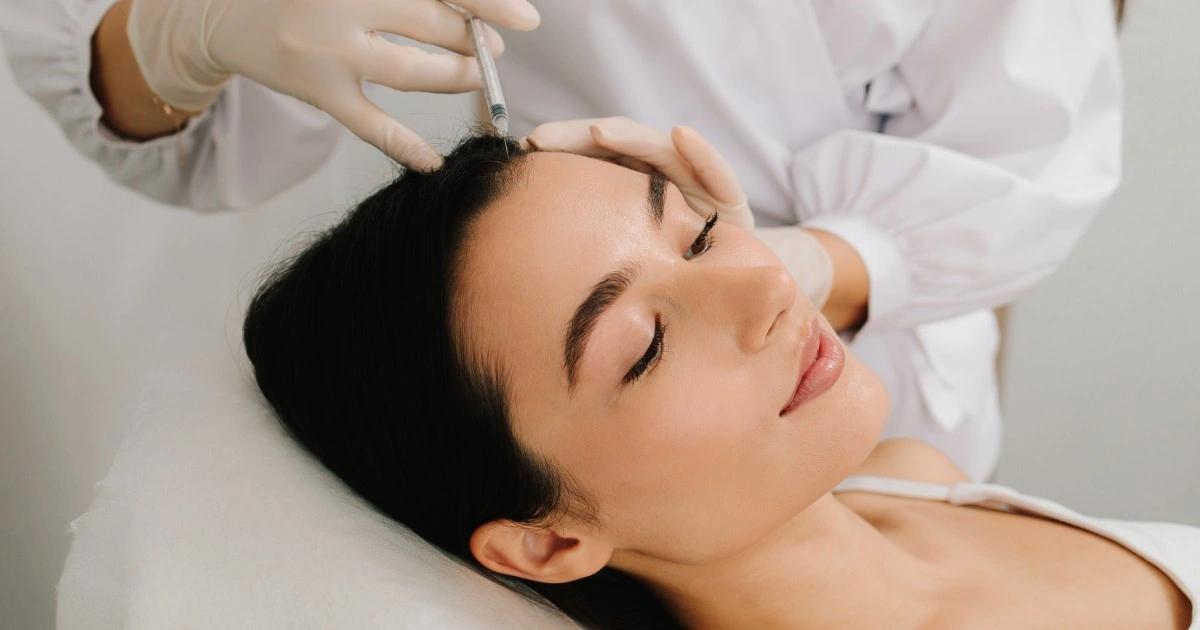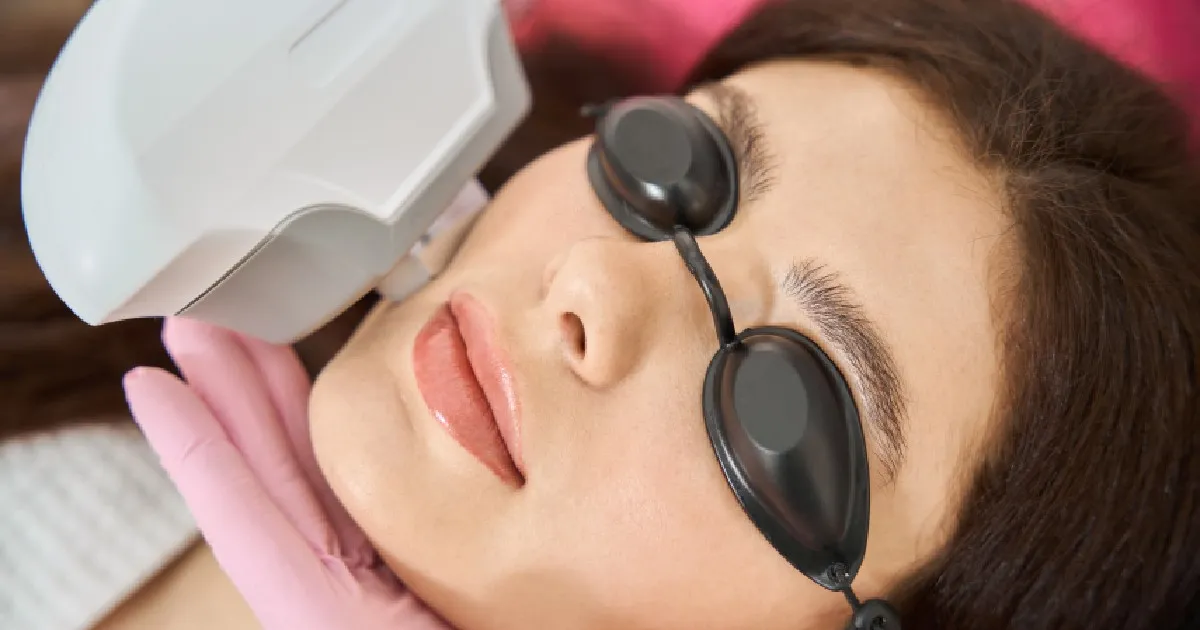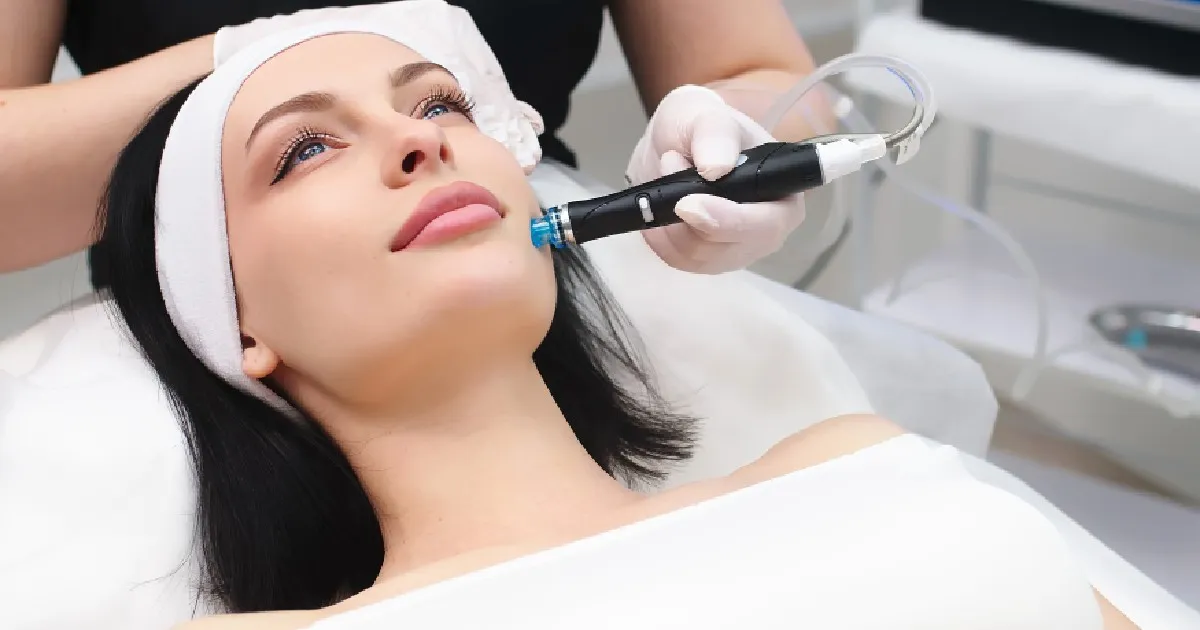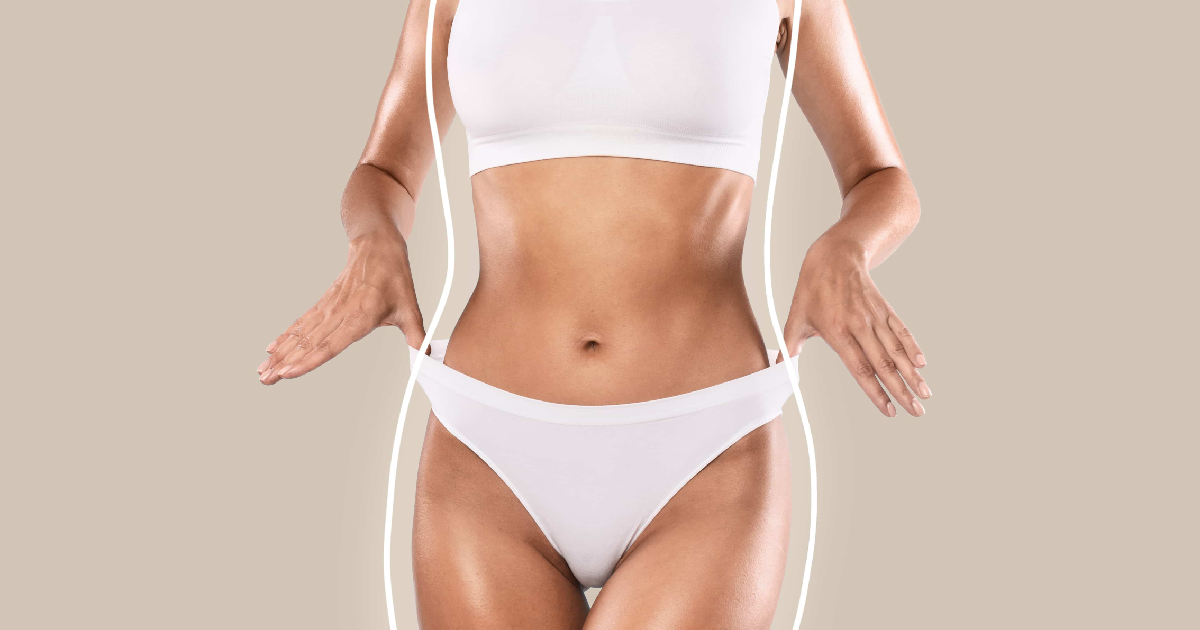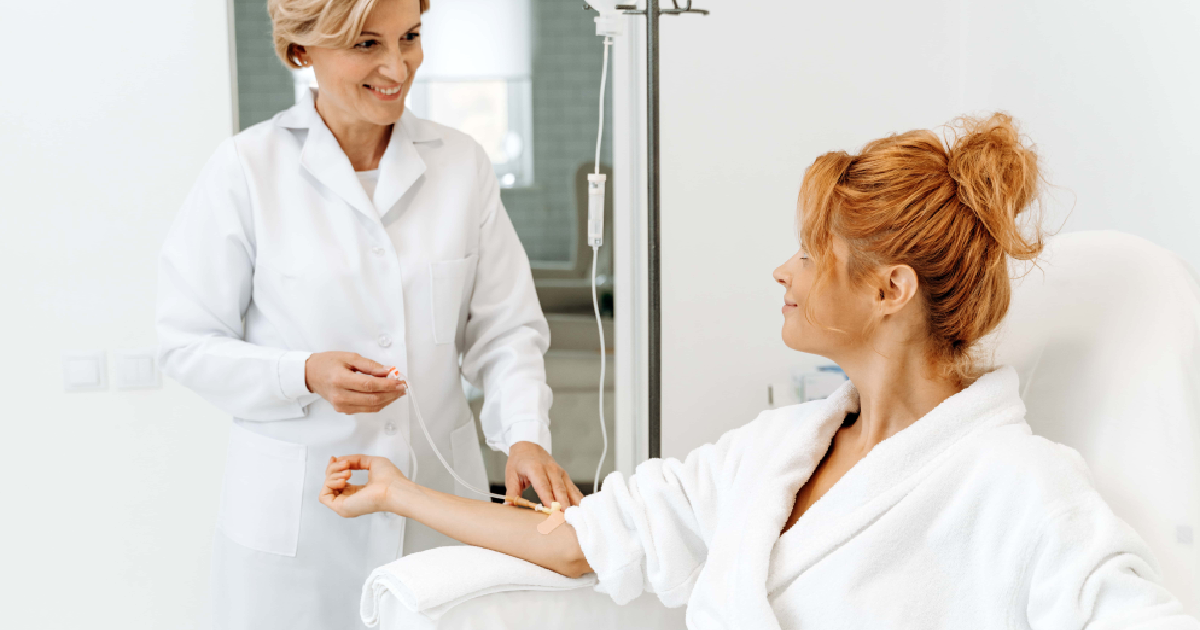The only thing that could possibly be worse than the term “age spots” would be “liver spots,” which are both names for those dark patches that appear on your arms and face as you age. Your arms and cheeks may be covered in numerous age spots, which is a telltale sign that your skin does not have the radiance it once did.
It is possible to forestall the appearance of age spots by avoiding the sun and being conscientious about wearing sunscreen, but once they have become apparent, they can only be covered up with cosmetics.
The great news is that a treatment of IPL photorejuvenation can help diminish other skin defects like as fine wrinkles and broken capillaries, both of which are common as people get older. This can help make those unattractive brown marks disappear as well. We may be able to help your skin regain its luster of young through the use of one or more IPL treatments.
IPL photorejuvenation
IPL is an abbreviation that stands for “intense pulse light.” A photo facial or photorejuvenation is another name for what is most commonly known as an IPL facial. This pulsed light will specifically target the dark spots that are on your skin, and it will generate heat energy deep under the skin in order to break up the pigment. This treatment is both effective and risk-free, and it does not do any harm to the surrounding areas of your skin.
Your face, neck, chest, and even your hands can be treated with an IPL facial. There is no downtime or recovery time associated with this treatment as it does not involve intrusive procedures. You are able to get a procedure done during your lunch hour and then immediately go back to work or your other daily activities thereafter. You may get some mild redness, similar to what you would get from a sunburn, but this should go away within a couple of hours at the most.
Who may benefit from an IPL photorejuvenation treatment?
IPL is a process that is excellent for everyone who is interested in revitalizing their appearance, but it is of particular use to individuals who are hoping to get rid of dark spots on their skin. IPL is good for people with diverse types of skin, however, the results are often best for those with fair complexion.
How long will it take until your skin regains its suppleness and its youthful glow?
Your brown spots will gradually become dark and crusty after the treatment, which will bring them to the surface of your skin where they can be seen. But there is no need to be concerned. The formation of these crusty, black spots is a natural side effect of the IPL procedure. They will eventually disappear, leaving your skin more refined, less spotted, and seeming years younger.
After your treatment, if you continue to take care of your skin by doing things like moisturizing and protecting it from the sun, you may anticipate the effects of your treatment to persist for a very long time. However, regular maintenance treatments once a year can help your skin retain its youthful appearance and beauty over the long term. Multiple initial treatments administered at regular intervals can be beneficial for some patients.
How many appointments will You need to receive anti-aging treatment?
You will likely undergo five or six of these anti-aging sessions if you want to see significant improvements in your skin. Your cosmetic issues will become less obvious after each of your consultations because this method will provide cumulative results. You might choose to get one touch-up treatment after you’ve had all of your initial sessions.
What Can You Expect From Your Sessions?
Intense pulsed light can benefit your deeper tissues without causing any damage to the skin’s top layer. As a result, you may unwind as we treat your sun damage, lines, and other flaws using our non-invasive technique. The experts will speak with you before you’ll get started on this procedure. xamine the areas you would like us to treat.
After your appointment, you may start your therapy if you qualify for this method. The average length of each of your leisurely appointments is 30 minutes. The experts will W start by turning on the machine and illuminating your tissues. You might experience a very mild sensation that feels similar to a rubber band softly pressing against your skin as we treat your pigmentation issues and other skin conditions.
Will It Take A Long Time For Your Skin To Heal?
You most likely don’t have time for a lengthy healing period if you have a busy schedule and a demanding job. Fortunately, once you employ this effective technique to correct your flaws, you won’t have to miss work or stop doing your chores.
You can resume your regular daily activities right away because this procedure requires little recovery time. You can head back to your work, pick up your kids from school, or conduct errands after each of your sessions is finished.
How Soon Will Your Sunspots And Other Skin Issues Start To Get Better?
Once you’re done with your first session, you’ll see that intense pulsed light works extremely quickly, giving your skin the appearance of being brighter and more radiant. The sunspots, broken blood vessels, and creases in your target area will start to fade over the next two to three days. These cosmetic issues will continue to get better as you have more light treatments.
Bottomline
Photorejuvenation is a noninvasive procedure that has been shown to be successful in treating photodamage as well as other typical superficial skin problems like acne, rosacea, spider veins, and damaged capillaries. hyperpigmentation, sun damage, and liver spots.
The fact that it has minimal side effects, and no related recovery time helps make it a skin care solution well worth considering for people wishing to improve their skin without any downtime, even though it could cost a little more than other procedures.
Your complexion will improve with each session of intense pulsed light treatment that you get, and it will also become more refined and supple. You should get in touch with Meridian Medical Spa if you have any questions regarding these procedures.

